'Black is Chic for Cloth Diapered Babies!' by LittleBoppers
An Etsy Cloth Diaper Team Treasury!
Treasury tool supported by the dog house
Treasury tool supported by the dog house




Treasury tool supported by the dog house
 *Suedecloth-probably one of the most popular fabrics used for inside of diapers, especially pocket diapers. It is the trimmest fabric used for the inner lining, soft hand with little to no stretch. It does provide some stay-dry qualities and holds up well long term. Usually only available in white or other light colors so it does show dingies after a while but suns out well. Doesn't pill up like other fabrics.
*Suedecloth-probably one of the most popular fabrics used for inside of diapers, especially pocket diapers. It is the trimmest fabric used for the inner lining, soft hand with little to no stretch. It does provide some stay-dry qualities and holds up well long term. Usually only available in white or other light colors so it does show dingies after a while but suns out well. Doesn't pill up like other fabrics. |
| microfleece inner on pocket diaper |
 |
| fleece soaker from LondonWare |
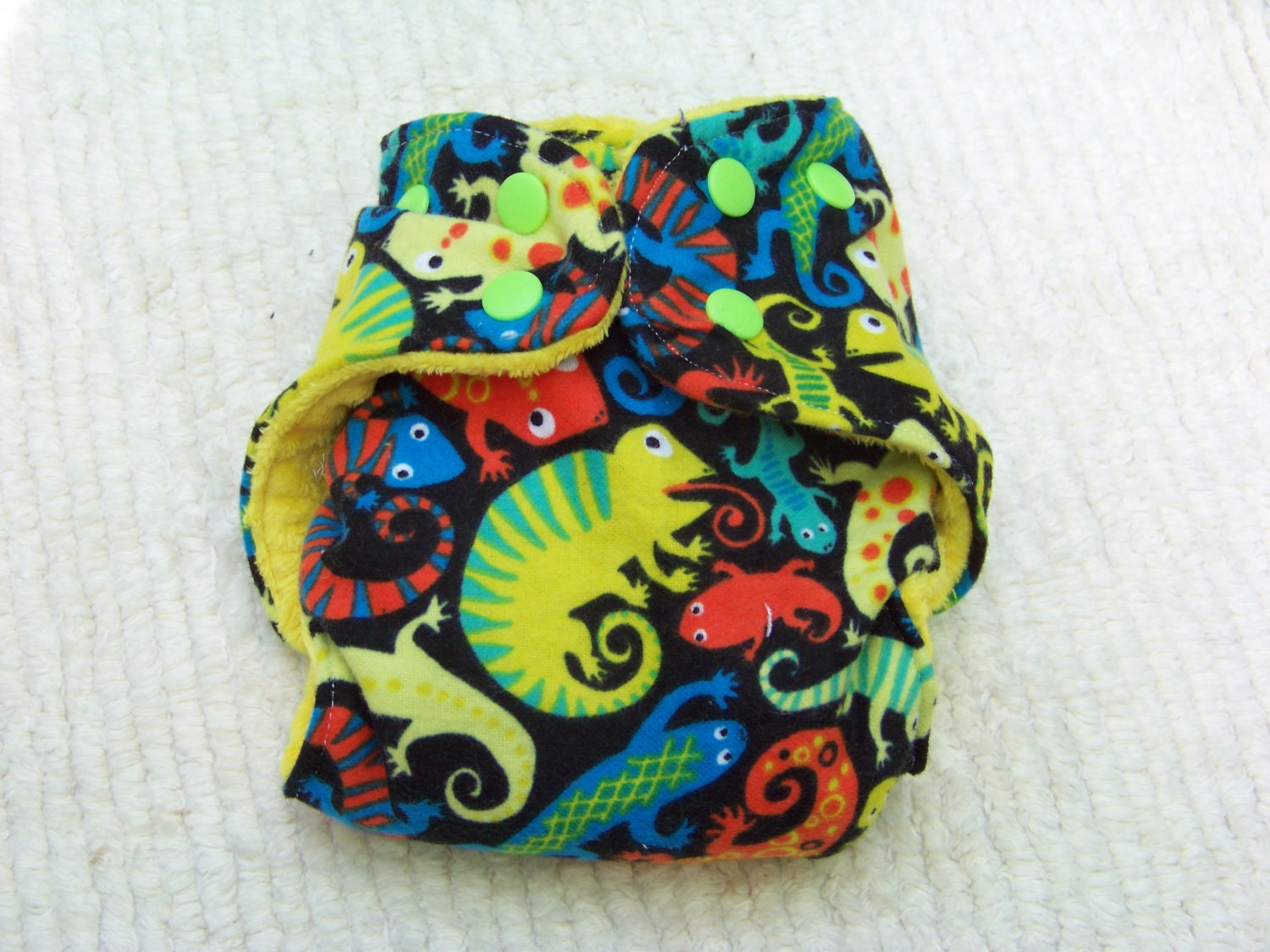 None of the above fabrics provide any additional absorption and are purely to separate babies skin from the soaker, create a feeling of dryness and/or make a pocket to insert the soakers if not an AIO/AI2 style diaper. There is also microfiber which is a very absorbent fiber often used to make the inserts/soaker layer. Make sure this does not lay directly against baby's skin or it can over dry and cause chapping. Synthetic fibers are less likely to get thread bare, fade or show stains.
None of the above fabrics provide any additional absorption and are purely to separate babies skin from the soaker, create a feeling of dryness and/or make a pocket to insert the soakers if not an AIO/AI2 style diaper. There is also microfiber which is a very absorbent fiber often used to make the inserts/soaker layer. Make sure this does not lay directly against baby's skin or it can over dry and cause chapping. Synthetic fibers are less likely to get thread bare, fade or show stains.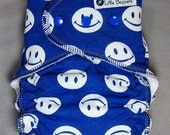 *Cotton- Many diapers will use cotton flannel for the inner fabric as well as the soakers/inserts. This is a great cost effective material, natural fiber for those with sensitive skin and very easily found. Not all flannel is created equally, some is thicker/heavier weight than others. Regular flannel works well but, but tends to pill more and get thread bare faster, look for diaper flannel. Also keep in mind that printed flannels will fade and stain. Another great option is cotton fleece is a very heavy weight knit which is soft and great for lining a diaper and adding tons of absorbency.
*Cotton- Many diapers will use cotton flannel for the inner fabric as well as the soakers/inserts. This is a great cost effective material, natural fiber for those with sensitive skin and very easily found. Not all flannel is created equally, some is thicker/heavier weight than others. Regular flannel works well but, but tends to pill more and get thread bare faster, look for diaper flannel. Also keep in mind that printed flannels will fade and stain. Another great option is cotton fleece is a very heavy weight knit which is soft and great for lining a diaper and adding tons of absorbency.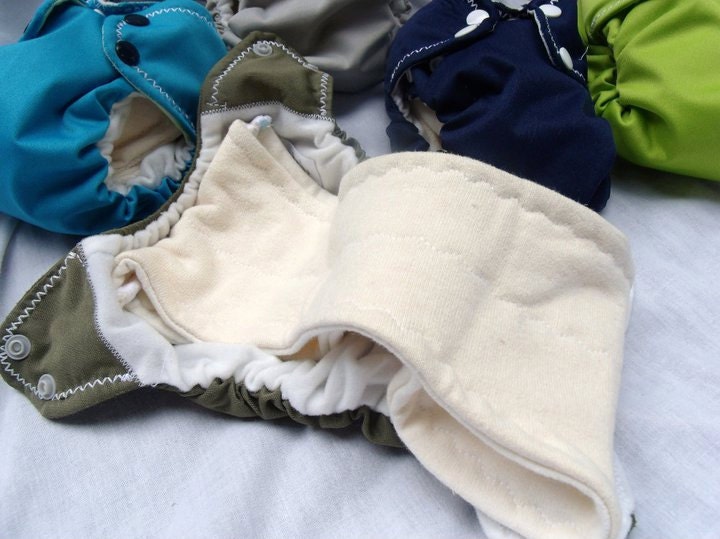 *Bamboo- Another great fabric! This is also anti-microbial, rumored to resist build-up and a highly sustainable crop. What could possibly feel nicer inside of your baby's diaper than a soft and plush bamboo velour?!
*Bamboo- Another great fabric! This is also anti-microbial, rumored to resist build-up and a highly sustainable crop. What could possibly feel nicer inside of your baby's diaper than a soft and plush bamboo velour?! 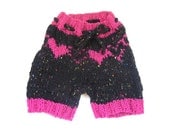 SMALL Wool Shorties, Cloth D... $38.00 |
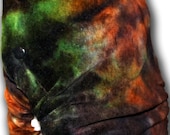 Hallowed - Junior Organic Ba... $44.00 |
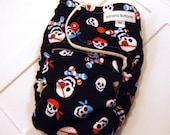 Pirates FITTED CLOTH DIAPER ... $23.95 |
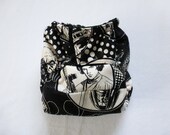 Star Wars One Size pocket Di... $27.00 |
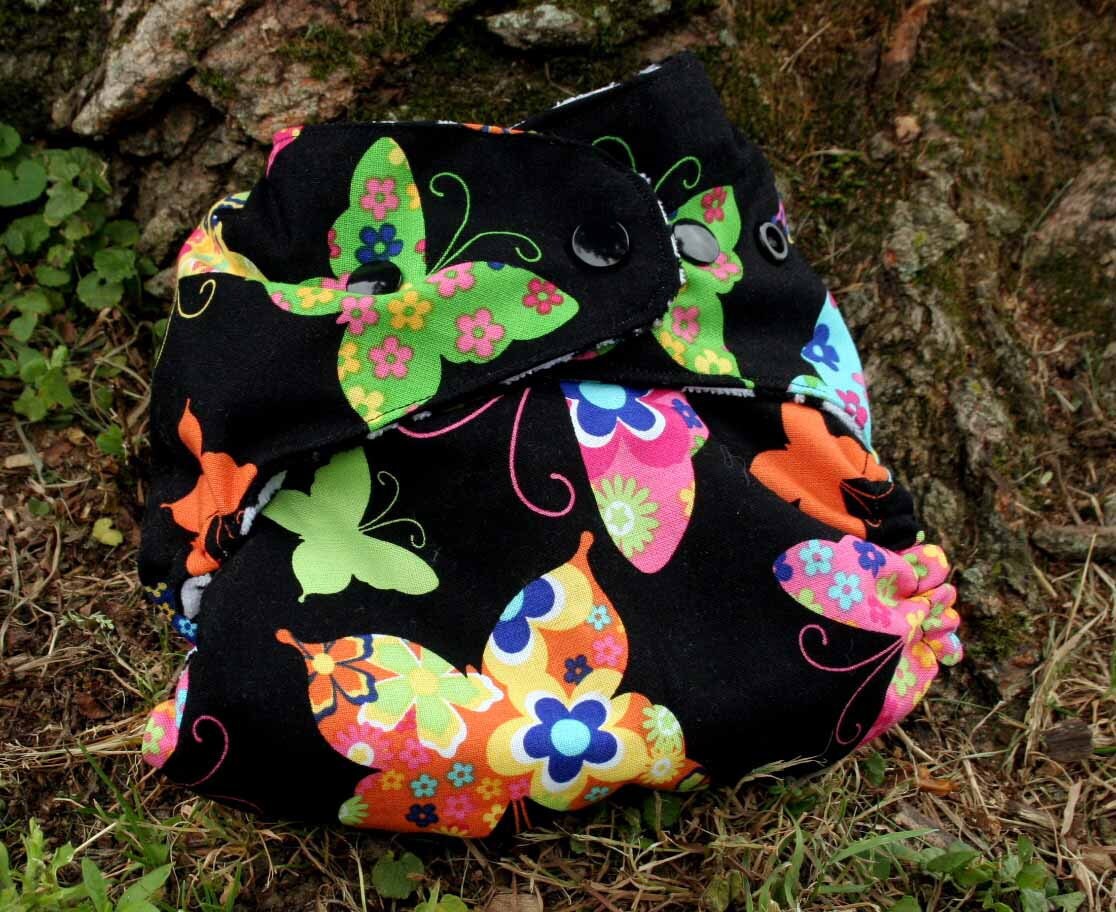 One Size Pocket Diaper - But... $16.50 |
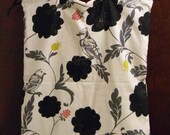 X-Large Hanging Wet Bag for ... $36.50 |
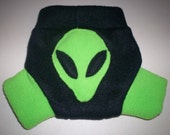 ON SALE Out of This World Fl... $9.95 |
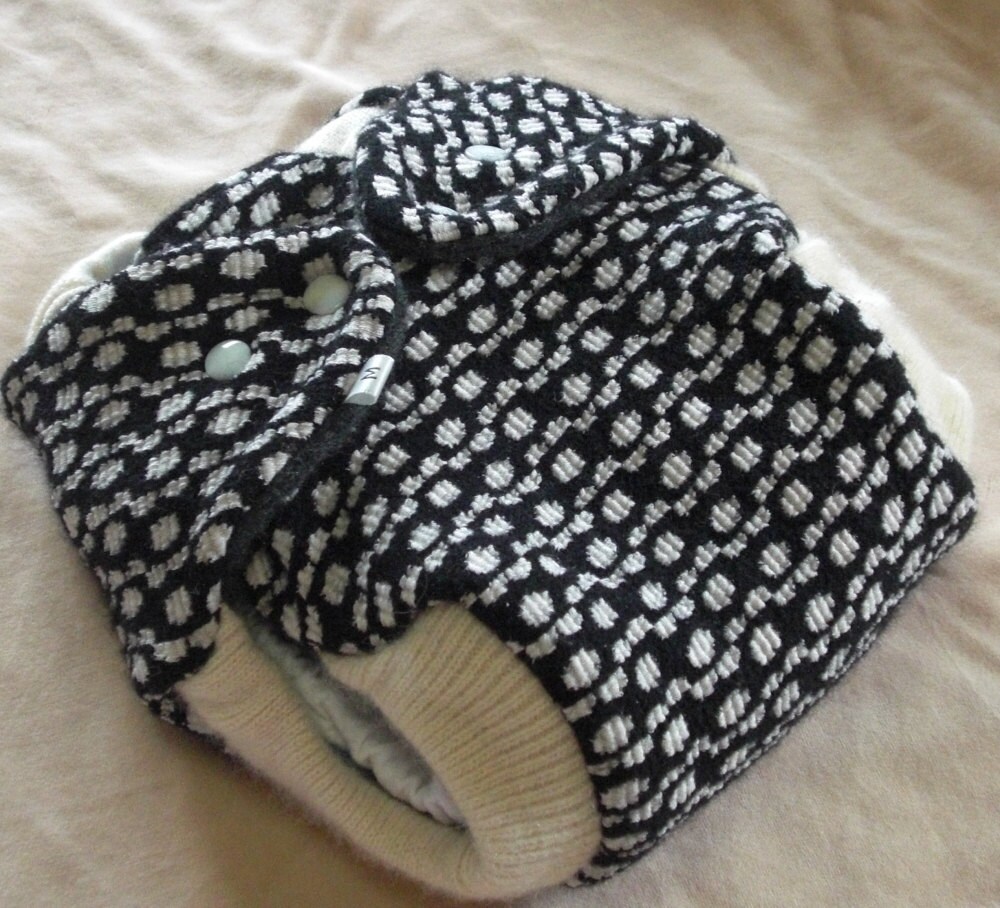 Wool Diaper Cover, Spotty bl... $25.00 |
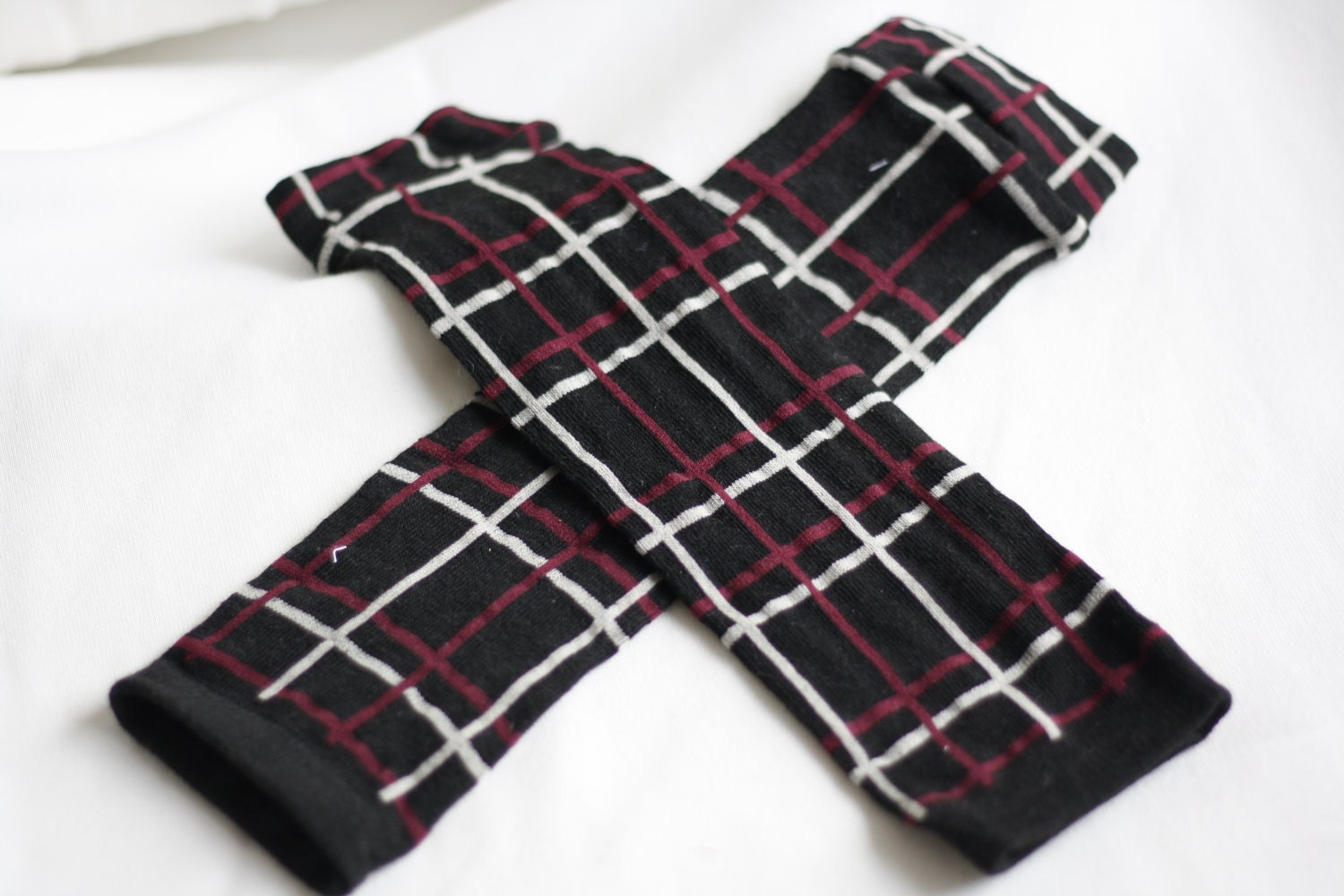 L7 Moxy Sox $6.50 |
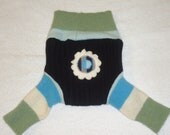 Upcycled Wool Diaper Cover -... $23.00 |
NB Peace & Love winged prefo... $12.00 |
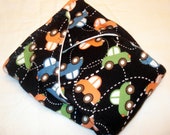 Small "Cars on Black&qu... $8.00 |
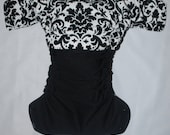 AIO Medium Pocket Diaper $22.00 |
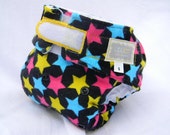 Colorful Stars Newborn/Small... $20.00 |
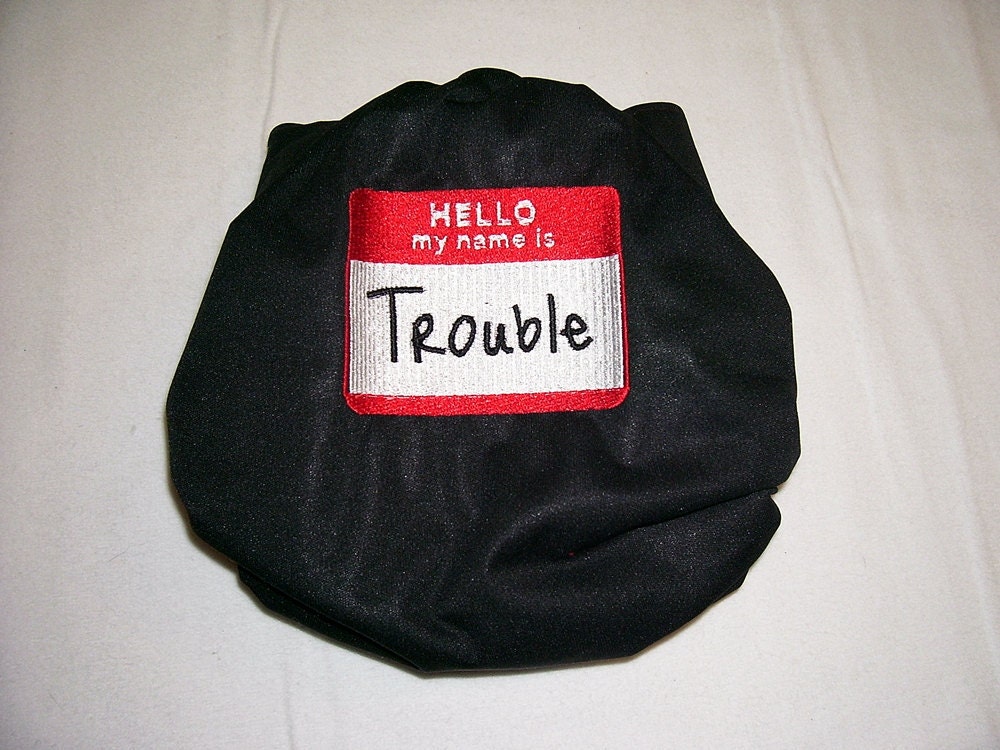 Hello My Name Is Trouble Cu... $25.00 |
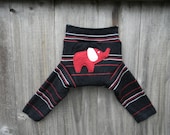 Upcycled Wool Longies Soaker... $25.00 |
Treasury tool supported by the dog house